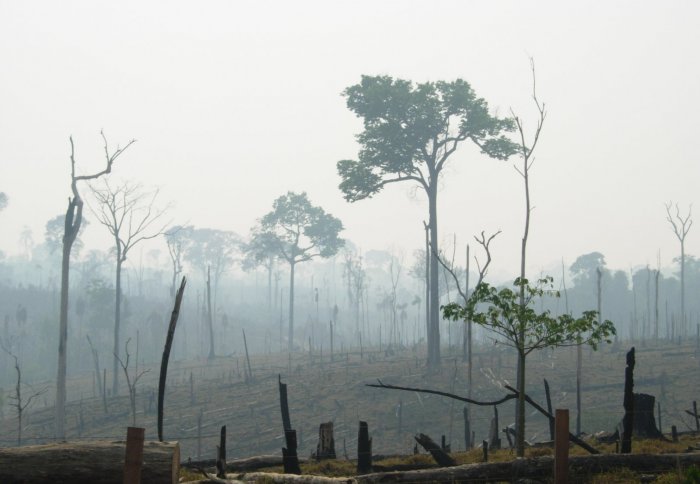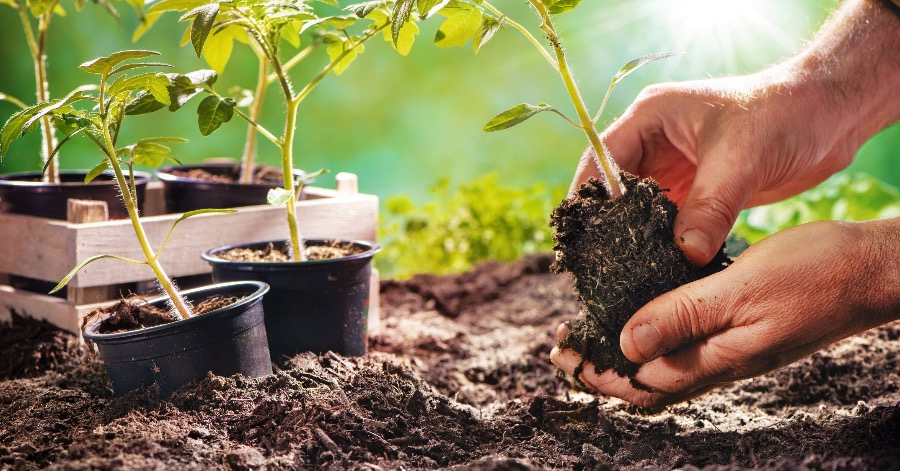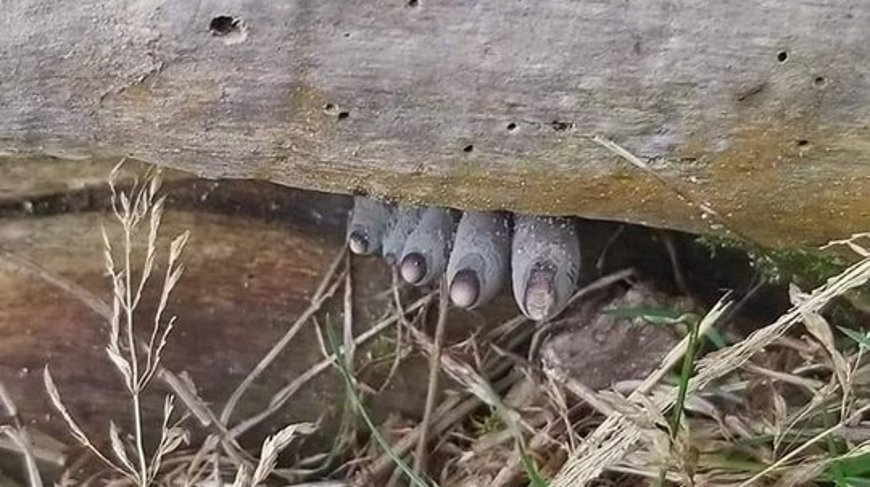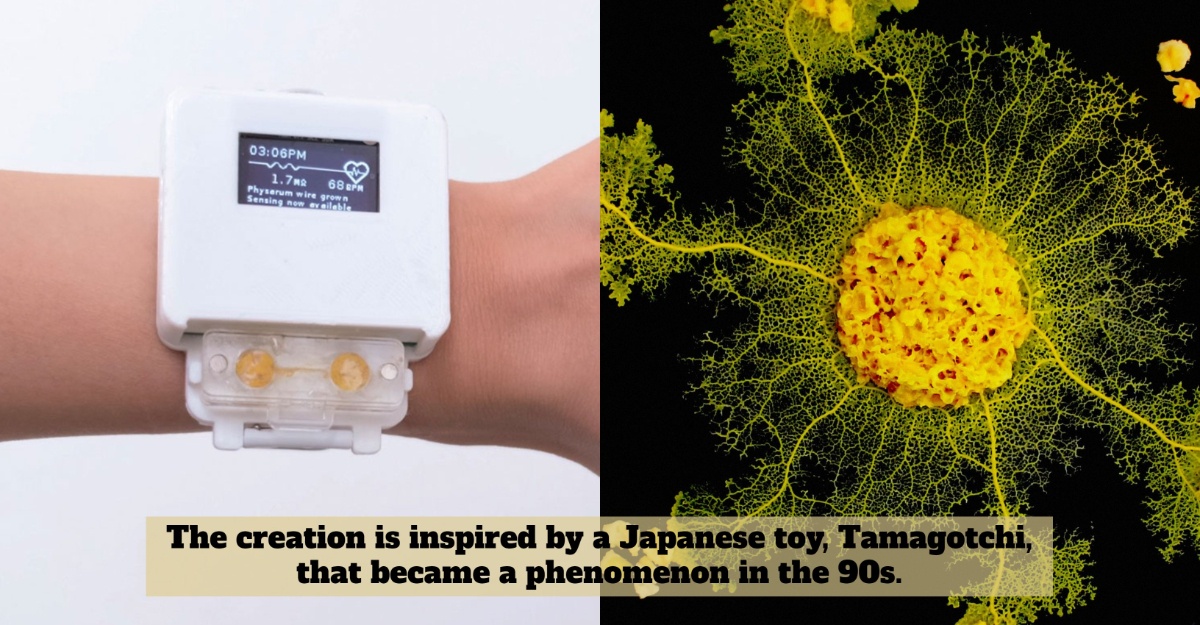According to an international report, the destruction of the natural world caused by today’s development has brought almost two in five of the world’s plant species to be at risk of extinction.
The researchers would race to find these species before they go entirely extinct.
These species that are still undiscovered and at risk of extinction could hold possible medicine and cures, as well as new food or material for us.
In 2019 alone, around 4,000 species of plant and fungi were discovered, which would bring many new innovations that could revolutionize the future and send it soaring.
Some of the discovered species are of the same group as onions, Allium, 10 relatives of spinach in California, and wild relatives of cassava – for the medical plants, we’ve discovered the sea holly in Texas that could treat inflammation.
Approx 40% of the world's plants are at risk of extinction, according to a new report pic.twitter.com/8KmywAqj6w
— NowThis Impact (@nowthisimpact) November 30, 2020
“We would be able not to survive without plants and fungi – all life depends on them – and it is really time to open the treasure chest,” said Prof Alexandre Antonelli, the director of science at the Royal Botanical Gardens, Kew, in the UK. RBG Kew led the report, which involved 210 scientists from 42 countries.
“Every time we lose a species, we lose an opportunity for humankind,” Antonelli said. “We are losing a race against time as we are probably losing species faster than we can find and name them.”
In areas that they have little knowledge of, they would use AI approaches that are up to 90% accurate to weed out biased data.
By 2019, it is reported that 571 species have been wiped out since 1750 – where the main cause of loss is the destruction of wild habitat for factories or farmland, or just general building and infrastructure development.
Pollution also plays a big part in the extinction of these plants.
These untapped species that could be bearers of medicines are still unknown, with 7% of known plants are being used as treatments – the biodiversity of the plants must be protected for our health.
“The good news is that we have over 7,000 edible plant species that we could use in the future to really secure our food system,” said Tiziana Ulian, a senior research leader.
It is expected that the world’s population would rise to as much as 10 billion by 2050 – with climate change and diseases, the supplies for these edible species would be vulnerable.
The challenge to lead a more sustainable biodome must be tackled in order to feed everyone with the right amount of nutrition, as we grow more developed every day in terms of the good and the bad.
Source: The Guardian, Twitter @nowthisnews









Leave a Comment